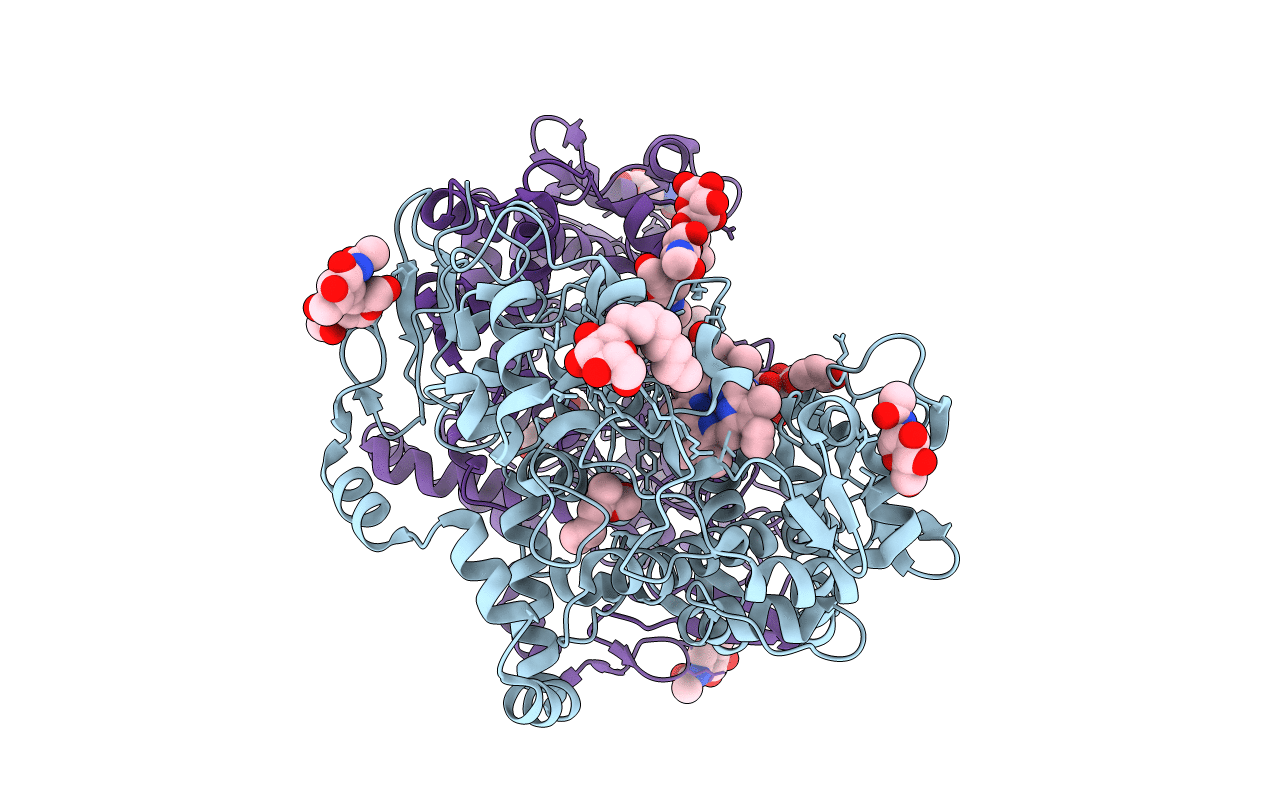
Deposition Date
2015-12-16
Release Date
2016-03-16
Last Version Date
2024-10-16
Method Details:
Experimental Method:
Resolution:
1.90 Å
R-Value Free:
0.19
R-Value Work:
0.15
R-Value Observed:
0.15
Space Group:
I 2 2 2


